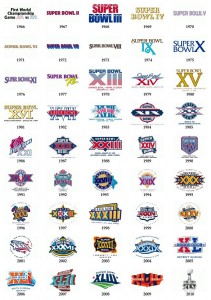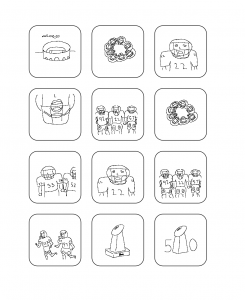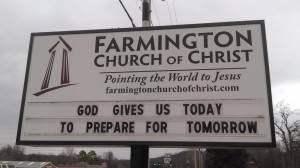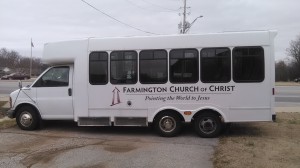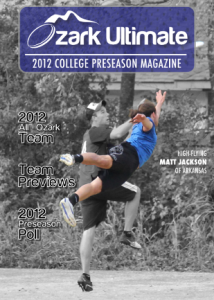 The City of Denver and Instagram
By on Nov 11, 2016
The City of Denver and Instagram
By on Nov 11, 2016 In another story filed under “Take and Keep Control of Your Social Media Accounts,” the City of Denver doesn’t know who is running the Instagram account.
Initially, this sounds like government bureaucracy at its best. An intern that no one in charge knows about is working in the bowels of city hall and is running the Instagram account — but that is not what is going on here. Essentially, someone set up an Instagram account years before the city got around to it and has done a good job. They regularly update, have engaging photos and have amassed 149k followers.
So what’s wrong with this since they aren’t besmirching the great city of Denver? The rub here is that the people who should be in charge of the message are unable to really communicate with their public. People see this great account and join to interact with it. The city is missing out on a great avenue to interact, get feedback, and build up their image. The best part is it is their own fault.
Sure, the city probably wasn’t super hip enough to join Instagram from the get go, but they should have parked an account several years ago. This is true for lots of groups — be they nonprofits, companies, or other corpora. If a social media channel is taking off go ahead and park an account. You don’t have to use it, despite what some will say, but it prevents you the headache of going through other channels to get it and being left behind in your own name space in the future.




